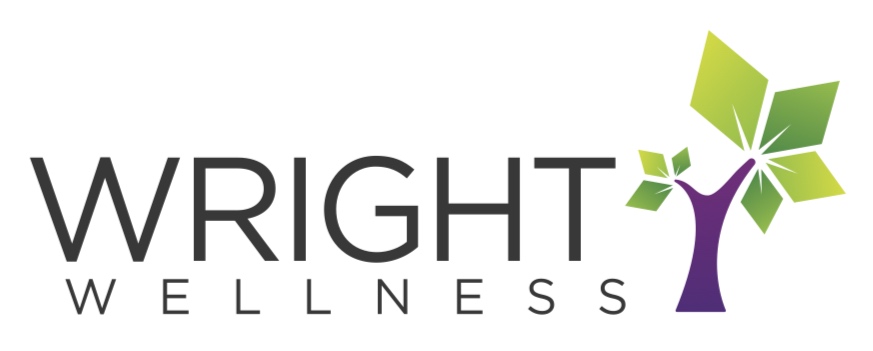
Mind-FULL Words
We highly value psychoeducation. See below for brief writings by professionals on our team covering various mental health topics.
Boundary Series: Post 1
Photo by Annie Spratt on Unsplash
So you might be asking yourself, what are boundaries? How do I use them? How can they be helpful in my life? Well, this short series on boundaries will be addressing these questions and providing you with some quick tips for how to become a boundary setting master.
Let’s start with what is a boundary? A boundary is a way to communicate your wants and needs. You can do so in various ways. You can directly use words to state your wants and needs to others, or you can use non-verbal communication (i.e. body language) to express your boundaries. For example, someone stands too close to you in line at the grocery store. You may choose to take a step away from that person, indirectly communicating that you want and or need more personal space. This is a way of using non-verbal communication to express your boundary. Or, you may choose to use verbal communication to express your boundary. If we use the same example of standing in line at the grocery store and someone is too close to you, you could state “Can you please take a step back so that you aren’t in my personal space.
In the above example, you may want to try using non-verbal communication to set your boundary first. If that doesn’t work then you can try using verbal communication to set your boundary more clearly. Some people are more aware of other people’s nonverbal communication and what it may imply, while others may not notice, or be able to interpret what your nonverbal communication is attempting to say.
So take some time to think about what boundaries you may want to create and how you might be able to do that. Stay tuned for my next post in this boundary-setting series!
Written by Jessica Kolar, LPC
A Thousand Paper Cuts
Let’s talk about trauma. We have learned to consider trauma as only the big stuff: sexual abuse, severe neglect, fighting in a war. While those are certainly traumatic experiences, trauma is not always packaged in a big, sudden event, like a stab wound. Sometimes it is a thousand paper cuts.
Trauma can be from any situation, interaction, or moment that we experience a threat or danger. When we feel fear, our nervous system responds, faster than you can blink. We see post-traumatic symptoms when our nervous systems does not get the chance to return to a regulated state and feel safe again. The fear then compounds, our body continues to respond (i.e. faster heart beat, quicker breathing, constant muscle tension), and we end up reliving that fearful feeling and the related physical effects, even sometimes without recognizing it. Sometimes flashbacks are visible and obvious, and sometimes they are subtle and waves of a feeling that do not seem to make sense. We adapt to a more chronic, fearful state and our bodies hold on to that.
Trauma can be from a long time ago, recently, or even vicarious, meaning observed and not directly experienced ourselves. Trauma can be big and small. Trauma impacts us all, no matter age, income, gender, or race. Many individuals have unresolved trauma that effects them daily from the moment they wake up. Unfortunately we cannot avoid trauma in life, life is traumatic sometimes. But recognizing the trauma and its effects is the only way our body will release the fear and return to a safe state over time. Practice paying a little more attention to your body, you might learn it has more to tell you than you realized.
Written by Lacey Wright, PsyD



